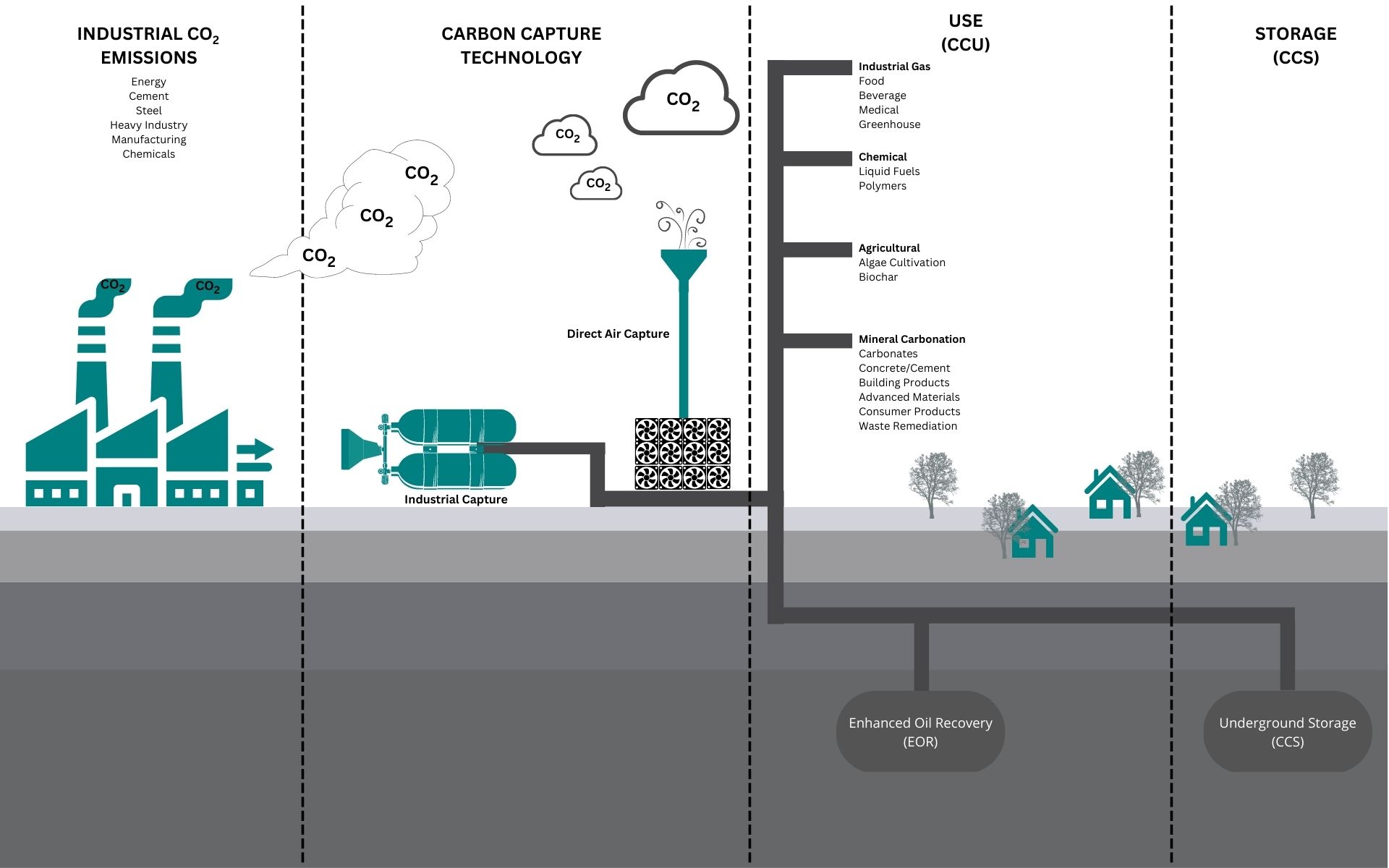Image Source: Google
Climate change is one of the most pressing issues of our time, with rising global temperatures, extreme weather events, and melting ice caps affecting ecosystems and communities worldwide. In the fight against climate change, innovative solutions are needed to reduce greenhouse gas emissions and mitigate their impacts. One such solution that is shaping the environmental landscape is carbon dioxide capture.
The Importance of Carbon Dioxide Capture
What is Carbon Dioxide Capture?
- Carbon dioxide capture is a process that involves trapping carbon dioxide emissions from industrial sources before they are released into the atmosphere.
- These captured emissions can then be stored underground or utilized in various industrial processes, reducing the overall carbon footprint of a facility.
Why is it Important?
- Carbon dioxide is a major greenhouse gas that contributes to global warming and climate change.
- By capturing and storing carbon dioxide emissions, we can significantly reduce the amount of greenhouse gases in the atmosphere, helping to slow down the pace of global warming.
Carbon Dioxide Capture Technologies
1. Pre-Combustion Capture
- This technology involves capturing carbon dioxide before it is released during the combustion of fossil fuels.
- It is often used in power plants and industrial facilities that rely on coal or natural gas for energy production.
2. Post-Combustion Capture
- Post-combustion capture involves capturing carbon dioxide after the fuel has been burned.
- This technology is more versatile and can be retrofitted onto existing industrial processes, making it a cost-effective solution for reducing emissions.
3. Oxy-Fuel Combustion
- Oxy-fuel combustion involves burning fossil fuels with oxygen instead of air, resulting in a concentrated stream of carbon dioxide that is easier to capture.
- This technology is still in the experimental stage but shows promise for reducing emissions from power plants and other industrial sources.
Benefits of Carbon Dioxide Capture
1. Reducing Greenhouse Gas Emissions
- By capturing carbon dioxide emissions, we can reduce the amount of greenhouse gases that are released into the atmosphere, helping to mitigate climate change.
- This can also help industries comply with emissions regulations and reduce their environmental impact.
2. Creating a Circular Economy
- Captured carbon dioxide can be used in various industrial processes, such as producing renewable fuels, chemicals, and building materials.
- This creates a circular economy where carbon dioxide is recycled and reused, reducing the need for new fossil fuel extraction.
3. Improving Air Quality
- By capturing carbon dioxide emissions and other pollutants, we can improve air quality and reduce the health risks associated with air pollution.
- This can benefit communities living near industrial facilities and help protect vulnerable populations from respiratory illnesses.
Challenges and Future Outlook
Challenges
- One of the main challenges of carbon dioxide capture is the high cost of implementing and scaling up the technology.
- There are also concerns about the energy requirements and environmental impacts of capturing and storing carbon dioxide underground.
Future Outlook
- Despite these challenges, carbon dioxide capture is seen as a crucial technology in the fight against climate change.
- Advancements in research and development are driving down costs and improving the efficiency of carbon capture technologies.
Policy Support
- Many governments and international organizations are implementing policies and incentives to support the development and deployment of carbon dioxide capture technologies.
- This includes carbon pricing mechanisms, tax credits, and research funding to accelerate innovation in this field.
In conclusion, carbon dioxide capture is playing a vital role in shaping the environmental landscape and combating climate change. By capturing and storing carbon dioxide emissions, we can reduce greenhouse gas emissions, create a circular economy, and improve air quality. While there are challenges to overcome, the future outlook for carbon dioxide capture is promising, with continued research and policy support driving innovation in this critical area.

